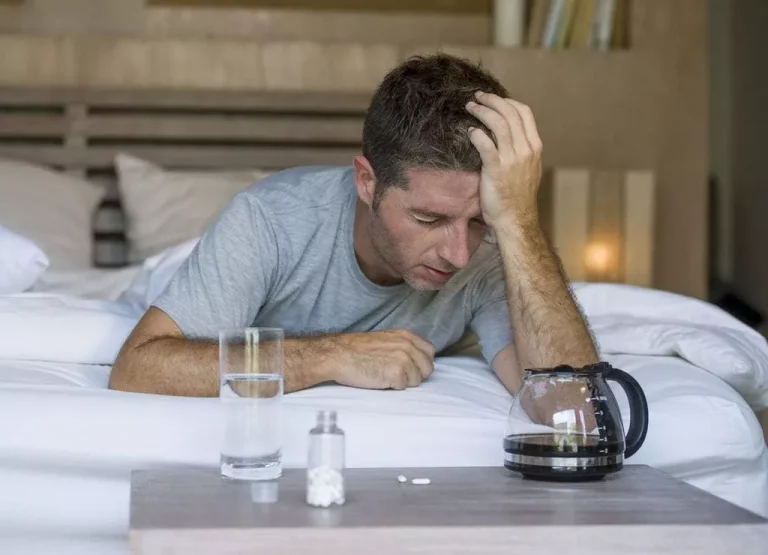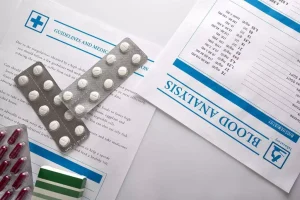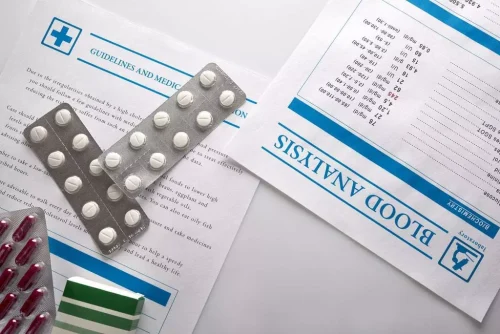
Jesse considers the need for helping people with alcohol and drug use to be a personal mission and one that he feels is necessary within the current epidemic of use throughout the country and world. Endurance, objectivity, productivity, logistics, and time/people management. My goal is for everyone to enjoy coming to work, and for their days to be as productive as possible toward the end of helping people put their lives back together. Kaylyn currently supervises our Conduct and Life Intervention Counseling department.

Alcohol poisoning: symptoms and recovery
Unfortunately, high blood pressure is a widely prevalent problem, and it affects a staggering number of Americans, over 100 million. Various factors lead to hypertension, and alcohol consumption is one of them. However, binge drinking and heavy drinking are different, and they significantly increase blood pressure and wreak havoc on your health. Speaking of increased blood pressure during treatment, some drugs used for recovery from alcoholism, such as disulfiram therapy, can also contribute to hypertension.
Conclusion: Balancing Alcohol Use for a Healthier Heart
If you’re a heavy drinker, it only takes one call to start your new life in recovery. It should also be noted that alcohol is full of empty calories that provide no real nutritional value and may contribute to unwanted weight gain–another risk factor for high blood pressure. Alcohol can also interrupt some blood pressure medications’ effectiveness, so it is always best to consult your doctor before drinking while taking blood pressure medication.
Is a cup of decaf tea any better for your health?
Excessive drinking over long periods of time has been linked with higher levels of visceral fat — which is stored around your internal organs. In short, drinking too much alcohol can lead to a variety of health problems including hypertension. While moderate drinking may reduce the risk of developing high blood pressure, it won’t necessarily reduce existing hypertension.

It’s Not Only the Physical Changes You Can Expect After You Stop Drinking but Also the Mental and Socials Benefits
Suddenly quitting alcohol can cause severe withdrawal symptoms, such as an abrupt rise in blood pressure. Gradual withdrawal is a controlled reduction in alcohol consumption done under medical supervision. This method lessens the severity of withdrawal symptoms by assisting the body in adjusting to the lack of alcohol. Angie has dedicated her life to freeing those suffering from drug and alcohol addiction.
Individual Physiology and Health Conditions

Some people even have seizures or see things that aren’t there (hallucinations). Your doctor or substance abuse therapist can offer guidance and may prescribe medication like benzodiazepines or carbamazepine to bp alcohol help you get through it. For people who have been drinking heavily for a long period of time, or who have a history of alcohol withdrawal, the risks of withdrawal are higher. High blood pressure is one of the more serious potential complications of alcohol withdrawal. He has a nursing and business/technology degrees from The Johns Hopkins University.
- Seizures, extreme disorientation, and hallucinations are also possible symptoms at this point.
- In addition to the health benefits listed below, research has found that those who give up alcohol for a month — whether it be Dry January, Lent or any other month — tend to drink less alcohol long-term.
- There are many physical and mental benefits from getting free from alcohol.
- It will also be easier to concentrate as your brain recovers from the effects of alcohol.
- Ultimately, if you value your cardiovascular well-being, consider how alcohol fits into your broader health picture.
Are You Struggling With Alcoholism or Alcohol Abuse?
Whether you’re reducing your intake or quitting entirely, the health benefits of quitting alcohol are vast and often begin sooner than most expect. “Drinking culture is deeply ingrained in many social settings—parties, family gatherings, dating and even casual get-togethers—but we have the power to rewrite the script,” says Andrews. The good news is that, nowadays, it’s pretty easy to find nonalcoholic options in bars and restaurants. However, if you know you’re heading to a place where options might be limited, Diaz recommends bringing your own nonalcoholic drink to share. Participating in activities that don’t revolve around drinking, like hiking, yoga or game nights, is also a great way to have fun alcohol-free. But what do you do when your friends start pouring the pressure as freely as the drinks?
- “Many people have some of the best times of their lives when they are consuming alcohol.
- Since returning to White River in 2017, she has specialised in individual and group therapy, focusing on wellness and addiction.
- Ask your doctor what your blood pressure should be and how often you should have it checked.
- When you stop drinking alcohol, fat accumulation, aka alcoholic fatty liver, decreases, and the liver enzymes lower to normal levels.
Both systolic and diastolic blood pressure can stabilize or normalize over time, reducing the risk of cardiovascular diseases. In summary, quitting drinking can substantially enhance your physical, mental, and emotional health. Alcohol elevates blood pressure and increases heart rate, putting added strain on the cardiovascular system. After you stop drinking, your blood pressure and heart rate decrease and return to healthier levels, reducing the risk of heart disease and other cardiovascular issues.
Does a glass of wine lower blood pressure?
Alcohol elevates blood pressure by affecting nitric oxide production and constricting blood vessels. Since alcoholic beverages are high in calories, they contribute drug addiction treatment to weight gain, which leads to high blood pressure. The good thing is that alcoholism treatment normalizes blood pressure, and it’s recommended to people who engage in heavy drinking and to hypertensive patients.



